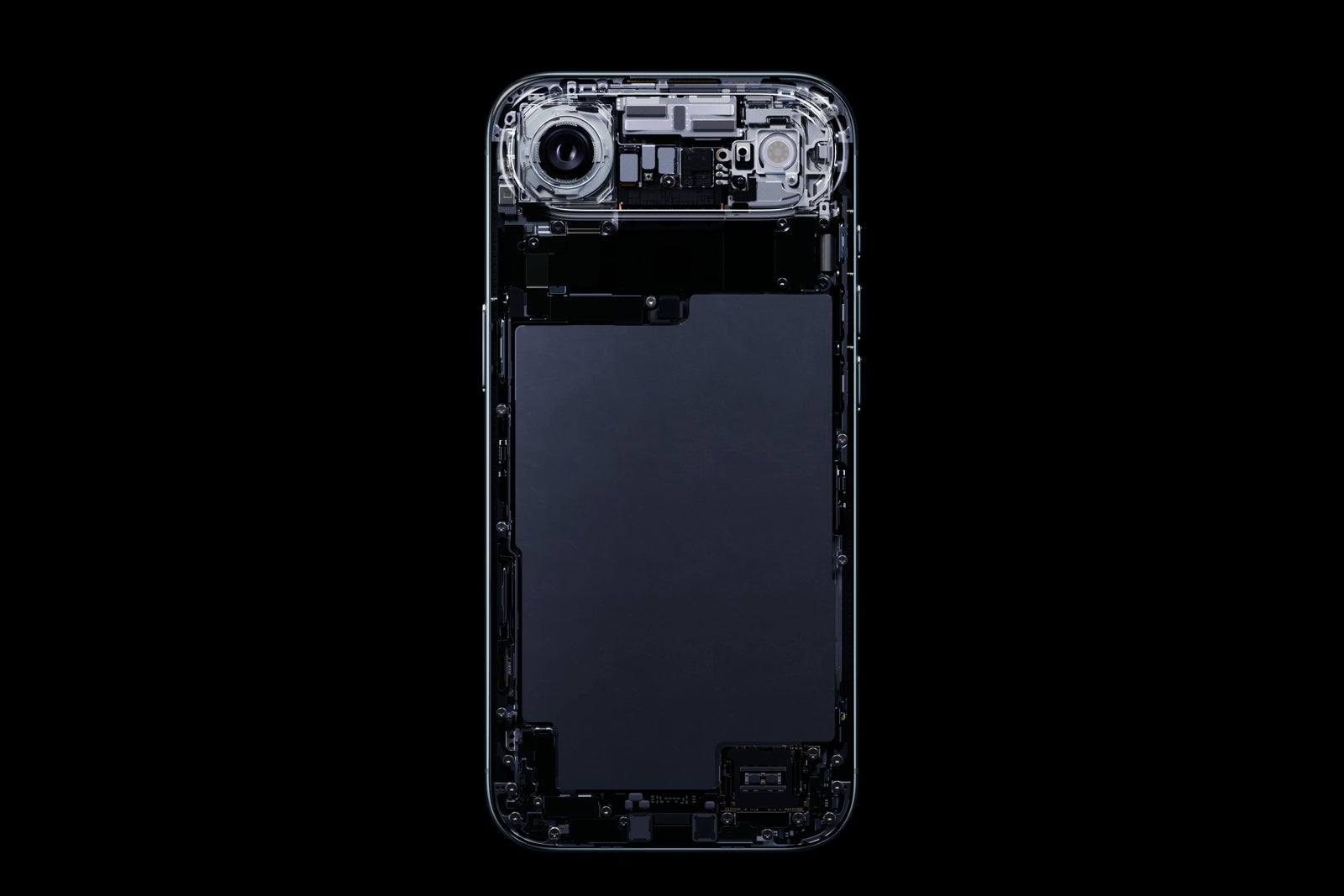So, what’s happening with the iPhone Air in China?
Why this is more than just a simple delay


iPhone Air internals. | Image credit — Apple
Take Samsung, for example. Its super-thin Galaxy S25 Edge supports both eSIM and a physical SIM card. This hybrid approach offers the best of both worlds and avoids the exact kind of headache Apple is now facing. By going all-in on an eSIM-only design for the Air, Apple made a bet that has, at least for now, failed to pay off in one of its most crucial markets.
Frankly, this is a bit of a mess
I am surprised that a company as detail-oriented and influential as Apple, didn’t have this squared away prior to launch day. Who knows, maybe they did and then something went wrong at the last minute.
All I know is that an eSIM-only phone is mostly fine here in the States, but it can be a real pain for frequent international travelers or, as we’re seeing now, for entire countries. It sacrifices user flexibility at the altar of industrial design. The iPhone Air is for someone who prizes thinness above all else, but this delay proves that market readiness is just as important as a sharp design.


“Iconic Phones” is coming this Fall!
Rediscover some of the most unique and memorable phones of the last two decades! “Iconic Phones” is a beautifully illustrated book that we’ve been working on for over a year – and it’s coming out in just a couple short month!
LEARN MORE AND SIGN UP FOR EARLY BIRD DISCOUNTS HERE
#buy #iPhone #Air #China
